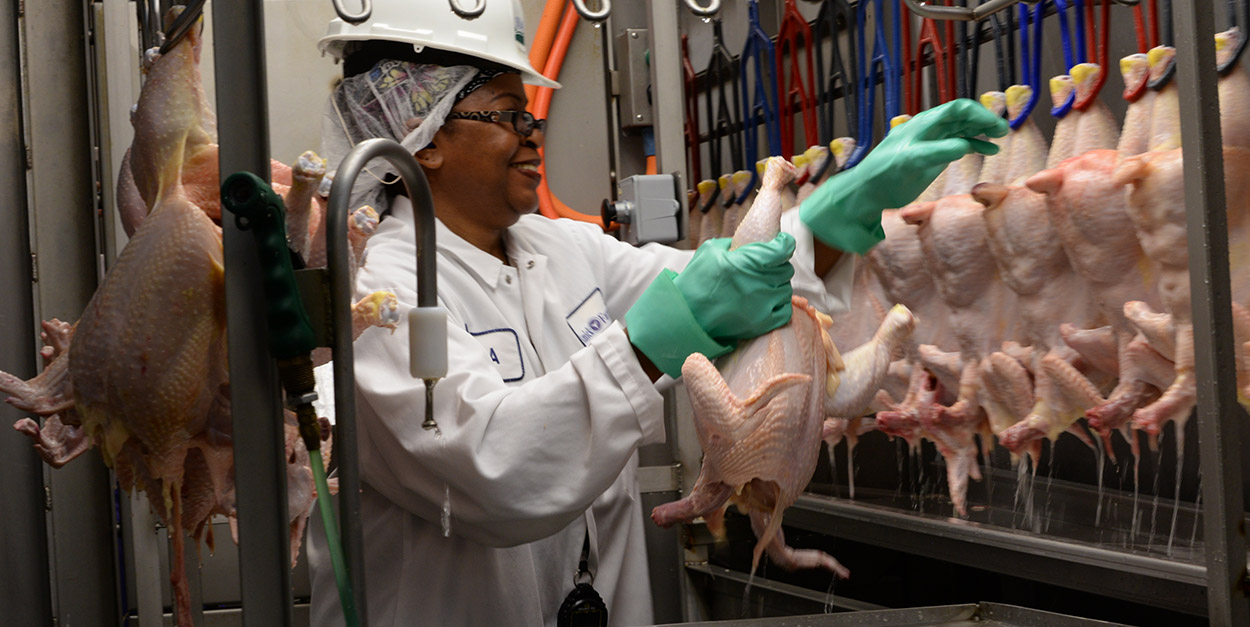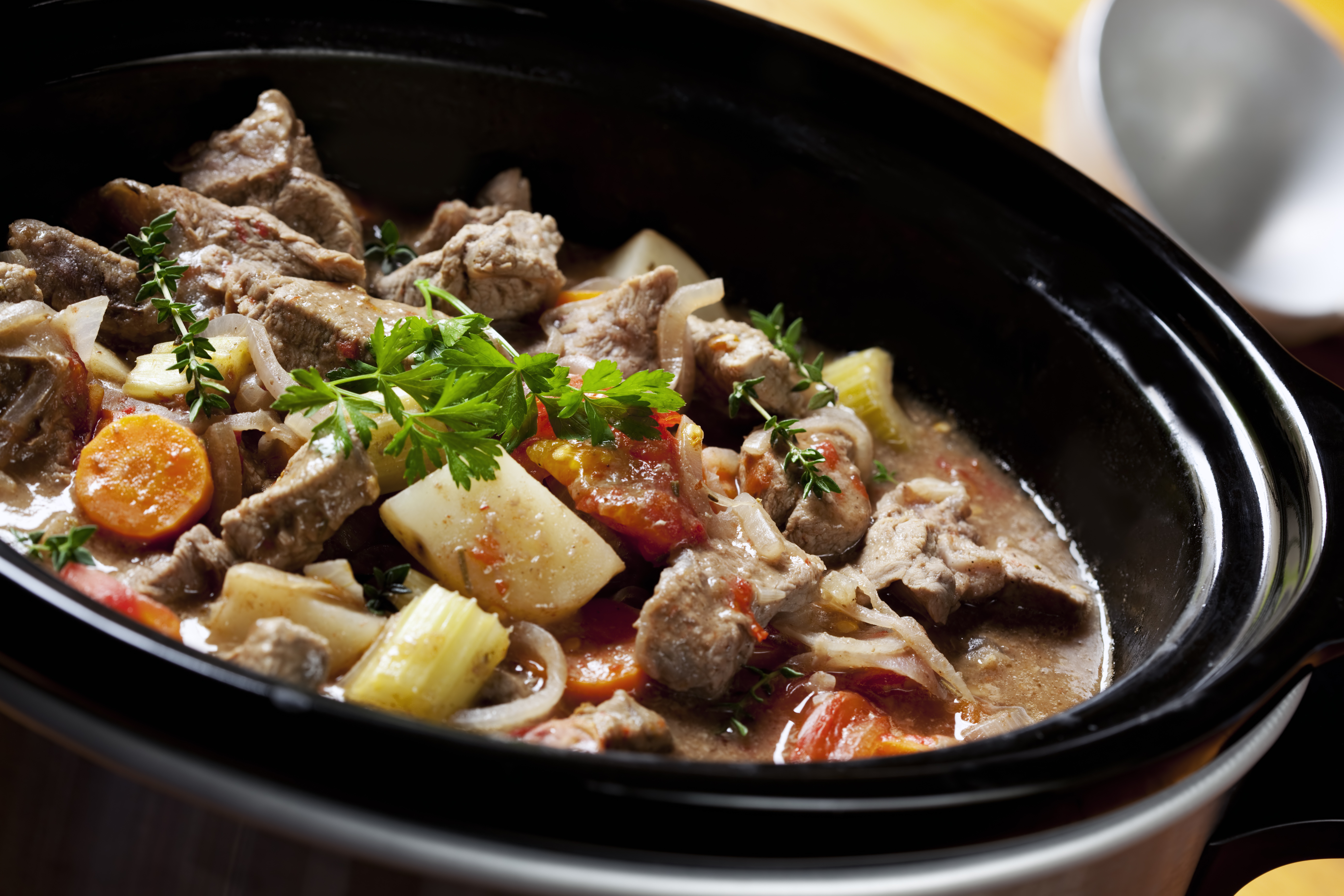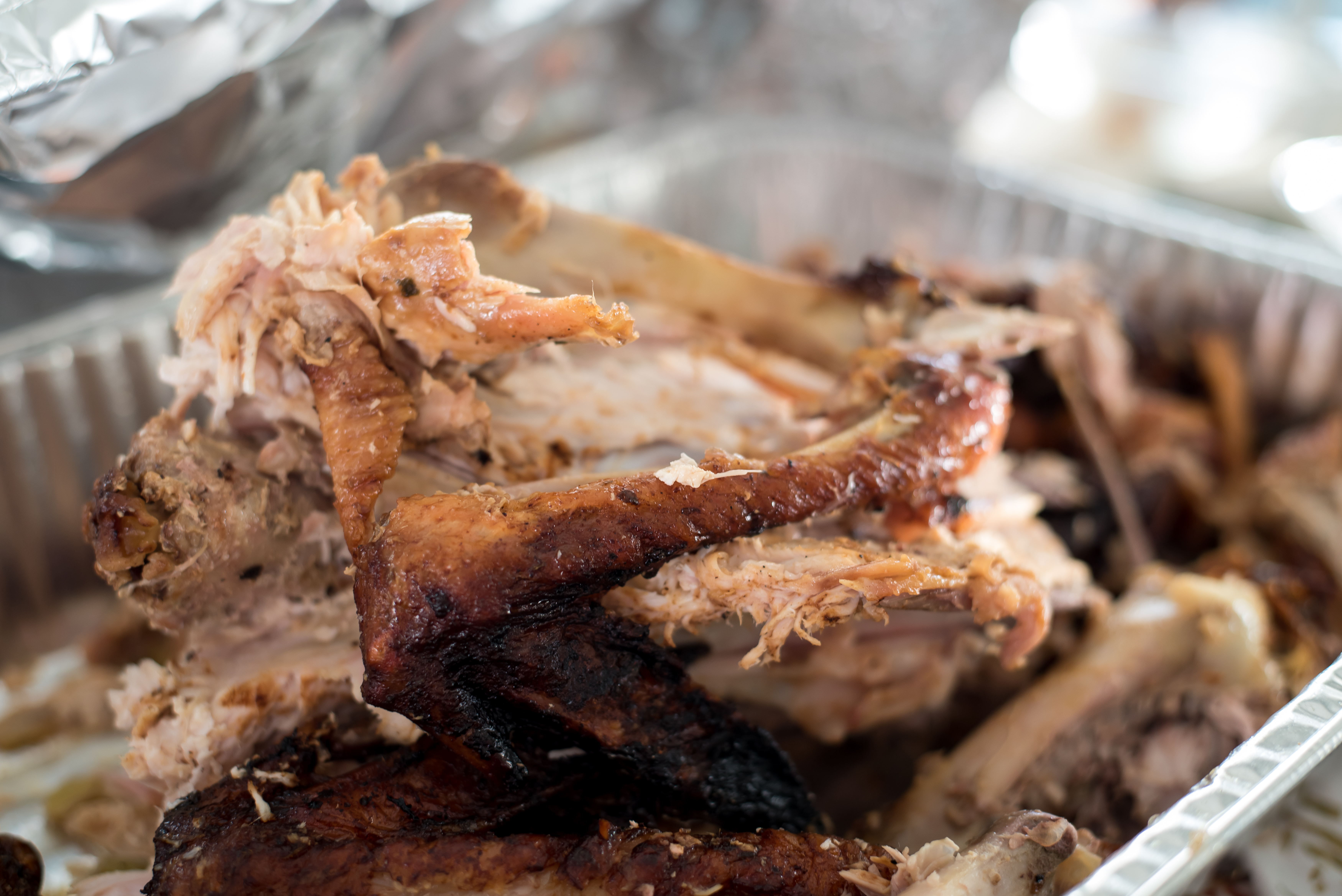
Poultry Processing: Questions & Answers

The Food Safety and Inspection Service (FSIS) is the public health agency in the U.S. Department of Agriculture responsible for ensuring that the nation's commercial supply of poultry is safe, wholesome, and correctly labeled.
Poultry processing is the term used by the poultry industry to describe the conversion of live poultry into raw poultry products fit for human consumption.
The most common slaughter method is cutting the major blood vessels in the neck followed by blood loss. Most poultry slaughter establishments render the live bird insensible to pain prior to making the cut. Some religious dietary requirements preclude rendering the live bird insensible to pain.
Feather removal is a two-step process. Establishments first immerse carcasses in hot water to loosen the feathers. Then they pass the carcasses through machines that physically remove the feathers.
Ante-mortem inspection examines the live birds for signs of disease. Live birds that are not healthy are not fit for human food and are condemned.
Post-mortem inspection examines the carcass for evidence of disease or defects. Diseased carcasses are unfit for human food and are condemned. If reprocessing can remove a defect and make the carcass fit for human food, the establishment can save the reprocessed carcass.
Inspection program personnel observe the external and internal surfaces of each carcass. They also observe and palpate the internal organs. Based on their inspection findings, they either condemn the carcass or pass the carcass for human food.
Re-inspection examines reprocessed carcasses to ensure the removal of defects. If the establishment fails to remove the defects, inspection program personnel retain the product and prevent its use as human food.
Sanitation performance standards are regulatory requirements designed to prevent insanitary conditions within the poultry processing facility. Inspection program personnel perform daily inspections to ensure that poultry processing establishments meet the sanitation performance standards.
Sanitation standard operating procedures are regulatory requirements designed to prevent direct contamination of product during processing. Inspection program personnel perform daily inspections to ensure that poultry processing establishments effectively implement sanitation standard operating procedures.
A hazard analysis and HACCP plan are regulatory requirements designed to identify and control physical, chemical, and biological food safety hazards. Inspection program personnel perform daily inspections to ensure that poultry processing establishments meet the hazard analysis and HACCP plan requirements.
A regulatory control action is retention of product, rejection of equipment or facilities, or refusal to allow processing. Inspection program personnel take a regulatory control action whenever they determine that the establishment failed to meet the sanitation performance standards, sanitation standard operating procedure, or hazard analysis and HACCP plan requirements.
Physical and chemical food safety hazards rarely occur in raw poultry products. Pathogenic bacteria are the most significant biological food safety hazards associated with raw poultry products. Salmonella Enteritidis and Campylobacter jejuni are pathogenic bacteria associated with human illness. FSIS conducts microbiological sampling programs to monitor raw poultry products for the presence of pathogenic bacteria.
No. Poultry processing cannot eliminate harmful bacteria. Poultry processing conducted in accordance with regulatory requirements prevents, to the maximum extent possible, harmful bacteria from occurring on raw poultry products.
Yes. Raw poultry is not sterile. Holding raw poultry between 40 °F and 140 °F (4.4 °C and 60 °C) allows bacteria to grow. Minimizing the time between grocery store and refrigerator and between refrigerator and cooking, will minimize the risk of bacterial growth.
No. Rinsing, washing, or soaking is not necessary. Proper handling after purchase will minimize the consumer's risk of exposure to bacteria. Rinsing, washing, or soaking raw poultry does not destroy bacteria, but does increase the risk of contaminating other foods, utensils, and surfaces. Proper cooking will destroy any bacteria present on raw poultry.
- CLEAN. Wash hands and surfaces often.
- SEPARATE. Do not let raw poultry or its juices touch other foods.
- COOK. Cook poultry to the safe minimum internal temperature of 165 °F (73.9 °C) as measured with a food thermometer.
- CHILL. Refrigerate poultry promptly.



